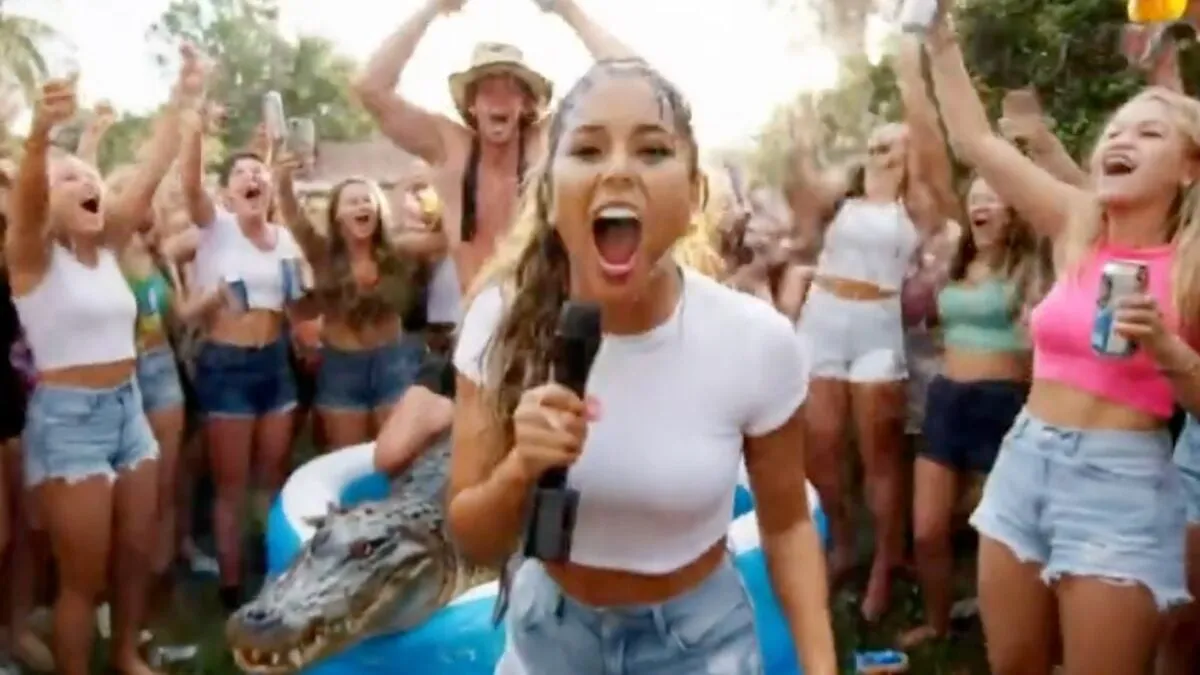
Just when I thought I had reached my slop quota for the month, Google introduced a new layer of complexity with the launch of Veo 3. This cutting-edge AI technology has propelled AI-generated video into a realm that is both astonishing and perplexing. From YouTube slop to video game content, VR experiences, and various applications, the proliferation of low-stakes content has been undeniable. Yet, it appears that all this has been leading towards a more significant goal—prime-time advertising.
On Thursday night, Veo 3 made its official debut as an innovative tool for AI advertising, marking a significant milestone with the release of a commercial for the financial services company Kalshi, which aired during the NBA Finals. While this isn’t the first instance of an AI-generated ad—we've seen similar efforts showcased during the recent Super Bowl—this event signifies a remarkable advancement for Veo 3, which was only recently introduced at Google’s I/O conference.
Despite the growing presence of AI ads, the emergence of video generation technology like Veo 3 has reached unprecedented heights and, conversely, some unexpected lows. The creator of the Kalshi advertisement, PJ Ace, detailed the process on social media platform X, explaining how he leveraged Google’s AI from ideation through to the final video generation. Ace noted, “Kalshi asked me to create a spot about people betting on various markets, including the NBA Finals.” He cleverly suggested that the best content from Veo 3 showcases “crazy people doing crazy things while showcasing your brand.”
Initially, Ace conceptualized a thematic blend of Grand Theft Auto (GTA) and Florida culture. He then utilized a combination of Gemini and ChatGPT to script and develop the advertisement. In a remarkable twist, he had Gemini generate a prompt for Veo 3, effectively allowing AI to direct itself. This process culminated in the creation of a prime-time advertisement.
When examining the final product, the visuals produced by Veo 3 appear realistic; however, each scene in the ad is notably brief. This brevity can be attributed to Veo 3's ongoing struggle with continuity. Even in Google’s own curated demonstrations, the difficulty in stitching coherent scenes together became evident. The action-oriented content often resulted in bizarre sequences, such as a SWAT team shooting at nothing, highlighting the challenges of maintaining narrative flow in AI-generated videos.
Ace reported that the creation of his advertisement took merely two days and involved “300-400 generations,” indicating that the technology is not yet as effortless as one might hope. However, Ace pointed out a significant economic advantage, estimating a “95 percent cost reduction” compared to traditional advertising methods. This stark reduction raises critical questions about the future of job roles in creative industries.
There is a lot to consider regarding the implications of Veo 3 in the advertising landscape. Given the limitations previously discussed, it may be premature to declare Veo 3 as the go-to method for advertising. Nevertheless, the potential for job displacement is substantial, and with the appeal of reducing costs, the presence of AI-generated content is likely to expand significantly in the near future. As the technology evolves, we can anticipate more of this AI slop making its way into mainstream advertising.